At least 86% of small businesses are struggling with rising prices from inflation. But what exactly is inflation? Why is it currently creating difficulties for small business owners and their consumers? Lets Learn How Inflation Affects Small Businesses just like yours.
If you’re a small business owner worried about weathering the rising inflation rates, we have all the information you need. Keep reading for our quick and comprehensive guide to rising prices and your company.
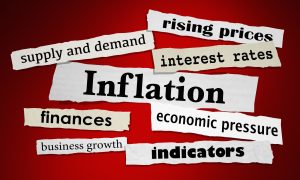
Contents
What Is Inflation?
In simplest terms, inflation is the rising cost of goods and services. This increase can be slow and controlled, moderate, or rise out of control depending on the cause and the response.
Inflation affects the purchasing power of a country’s currency. You may have heard older people reminisce over when they could buy certain goods for less than a dollar, compared to the cost now. This is a direct reference to inflation.
Inflation Rates: Causes and Types
In the U.S., inflation rates are measured against the Consumer Price Index (CPI) or the Personal Consumption Expenditures Price Index (PCE). Most healthy economies expect a 2%-3% inflation rate per year.
However, the current inflation rate is 7.9%, with an 0.8% increase in only one month. By contrast, the inflation rate for 2020 was only 1.4%
What causes inflation rate hikes? Inflation is complex, but is generally most affected by the combined actions of governments, consumers, and producers. Before we can understand How Inflation Affects Small Businesses, we need to learn root causes and types of inflation. Lets continue reading to better understand these concepts.
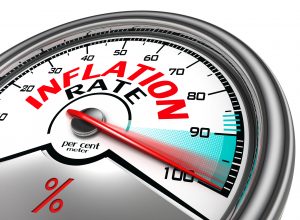
Monetary and Fiscal Policies
Governments and central banks can directly or indirectly affect inflation, causing it to rise or fall. The Federal Reserve manages monetary policies in the U.S. However, Congress and the President pass the fiscal policies.
The Fed may adjust interest rates and the circulating money supply. Congress and the President may introduce new tax laws, cut social spending, offer economic incentives to businesses, or adjust import/export costs.
Cost-Push Inflation
Supply chains rely on buying, transporting, and producing raw materials into finished goods and services. If any part of this production increases significantly, it can ripple outward into inflation.
Demand-Pull Inflation
Consumer demand can exceed actual production output. This scarcity increases the cost of goods and services and results in inflation.
Built-in Inflation
Economies expect some inflation will occur at a consistent rate. This means workers will demand higher wages to compensate for the higher cost of living.
As wages increase, however, companies will adjust the cost of goods and services so their profit margins continue to increase. This is also referred to as the wage-price spiral.
Hyperinflation
Hyperinflation is a dramatic and uncontrollable rate increase, usually as a result of severe upheavals such as wars, economic mismanagement, or natural disasters. Fortunately, this type of inflation is relatively rare.
Stagflation
Stagflation combines the worst of two possible economic outcomes: high unemployment and inflation. The oil shock of the 1970s produced widespread stagflation.
Deflation
Inflation can also decrease too quickly, leading to deflation. Although it sounds positive at first, a dramatic price decrease in goods and services also leads to unemployment when businesses lose too much of their profit margin.
How Does Inflation Affect Small Businesses?
The current inflation rate is largely owed to COVID 19. The pandemic directly caused:
- Disrupted supply chains
- Decreased consumer spending
- Lowered interest rates
- Increased currency production
This created a “perfect storm” of inflation. The high inflation rate puts an especially tight squeeze on small business owners.
Production Costs
Due to supply chain disruptions and oil price hikes, the cost of production has increased for over 90% of small businesses. Nearly half have passed this increase onto their consumers, further exacerbating inflation issues.
Inventory Adjustments
Small businesses are also facing supply shortages, which means they can’t operate at maximum capacity. This also decreases net profits while increasing the costs of goods and services.
Borrowing Costs
Inflation devalues the currency and boosts interest rates to cope. This means small businesses who hope to use loans so they can survive inflation will paradoxically have to pay more in interests rates.
Profit Margins
All of these factors lower a small business’s profit margins. This decrease in financial health can affect everything from production and payroll to the ultimate survival of the business.
Employee Wages
Inflation also creates a vicious cycle for small businesses and their employees. Workers will need high wages as their paychecks stretch thin. But businesses will have less money to redistribute back into their workforce.
Small Business Strategies for Rising Prices
If you’re a small business owner struggling with inflation, there are several strategies to help mitigate the effects. You might be able to cut production and overhead costs without firing employees.
Debt Management
Loan interest is a large expense not completely necessary to keep a business running. Inflation hikes interest rates, but the lower currency value also means you actually pay less on your loan.
Now is the prime time to pay off, refinance, or convert your existing debt. You also want to take out any new loans before the interest rates increase.
Worker Incentives
Production costs are currently the heftiest factor for inflation. Payroll is the largest chunk of company overhead at 70% on average, however.
You can make the Great Resignation work in your favor. Many large companies are forcing remote workers back into the office, and/or going back to set working hours…but without offering any wage increases.
You might not have the current financial means to offer wage increases. But you may be able to negotiate incentives such as remote work, flexible hours, and career advancements instead.
This also lets people save money on expenses like commuting and child care, helping them absorb inflation as well. You may even be able to convert your workforce entirely to remote, saving on rent and other business space costs.
Streamline Production
It may also be time to revisit your production processes. You can save on increased production costs by:
- Eliminating redundancies
- Reducing productions steps
- Using alternate suppliers and vendors
- Increasing quality control
There are many other ways to streamline production depending on your type of business. Even something as simple as going paperless can help you stretch your margins out far enough to survive inflation.
Small Business Strategies for Today’s Economy
Healthy inflation is good for economies. But higher-than-average inflation rates can wreak havoc on small businesses, their employees, and their customers.
Rising prices are generally temporary. The current inflation hike was a response to COVID 19. Small businesses can pay off their existing debt, retain valuable employees, and reduce production costs to keep above inflation until it decreases.
Now that you have learned more about How Inflation Affects Small Businesses, for more small business strategies, check out the articles in our business and finance sections.
Learn More
Accounting Basics for eCommerce Businesses (Ultimate Guide)
18 Tax Deductions for Plumbers in 2021-2022 (Ultimate Guide)
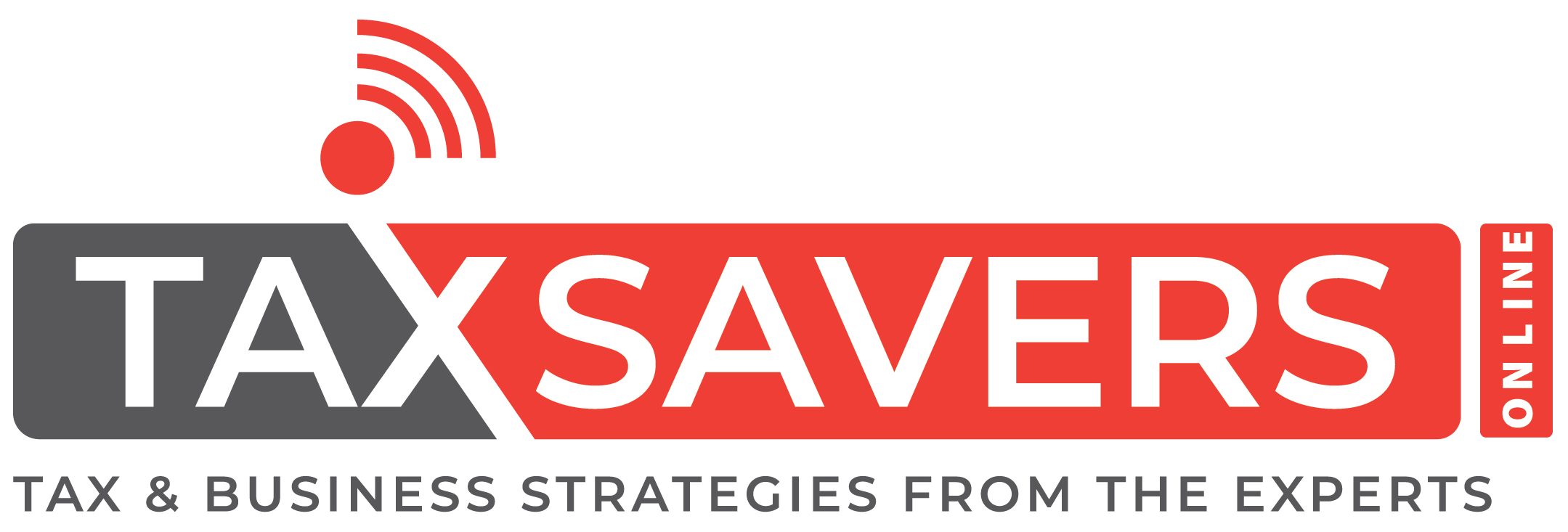
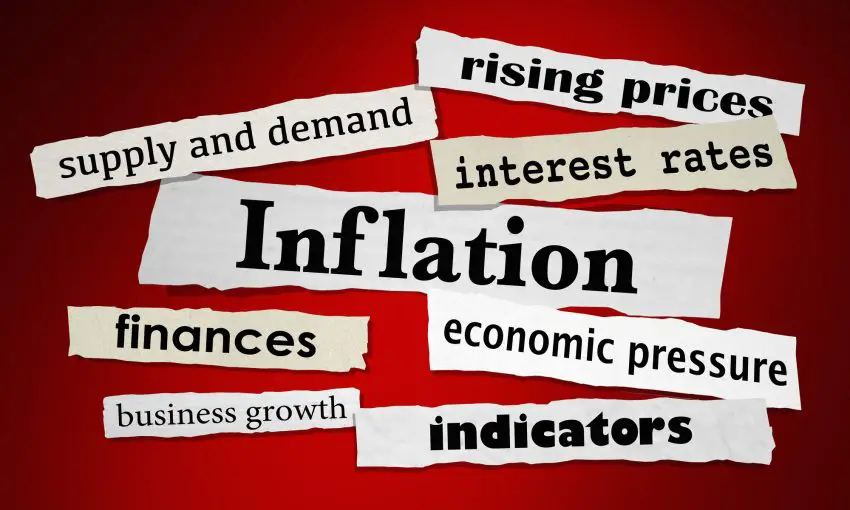

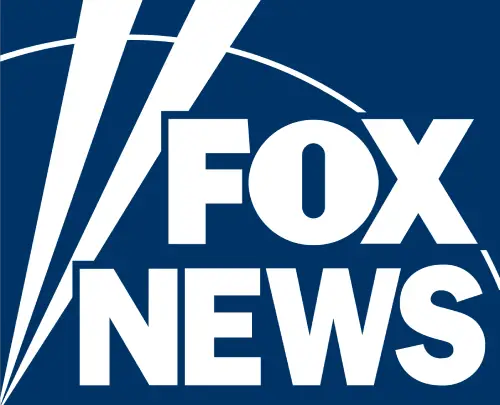


3 thoughts on “Rising Prices and Your Company: How Inflation Affects Small Businesses”